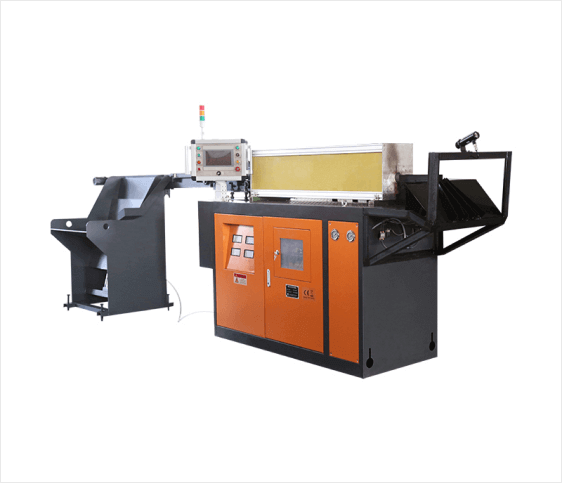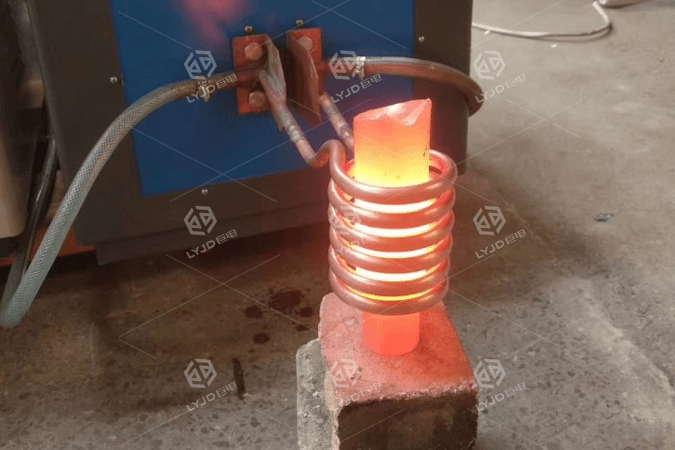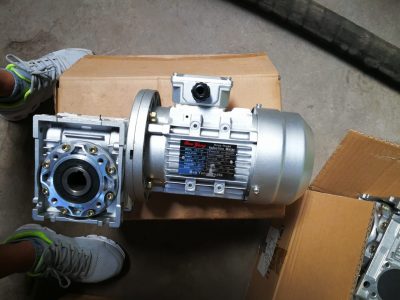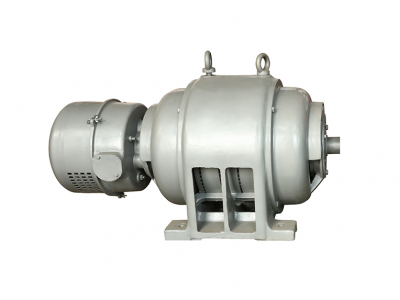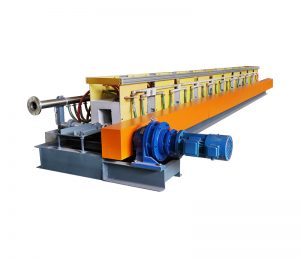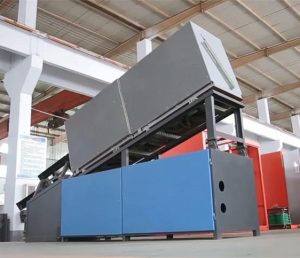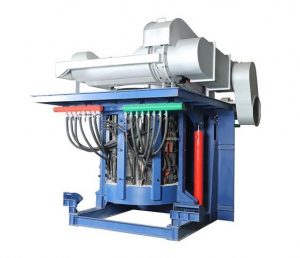Other applications of induction heating
Other applications of induction heating include stripping of plastic wires, bonding and removal of rubber and metal, and removal of vacuum tube sockets. Plastic parts can be melted by inserting a thin metal wire between two plastic strips and heating the thin wire with radio frequency induction. At this time, the surface melts locally first and then the entire surface melts. Various curing processes and drying processes such as paint drying and plastic surface treatment can be completed quickly.
Automatic induction heating perforation of baby bottle nipples. The stainless steel needle is heated at the heating position before perforation. Using a 500-watt, 5-MHz device, 0.3-0.6 mm diameter holes can be perforated, and 30 nipples can be perforated per minute (Stanelco Co., Ltd.)
Induction heating coil manufacturers
The metal ring forms the secondary circuit of the transformer and can be inductively heated quickly.
A copper ring heater. The magnetic circuit of the transformer is open to allow the copper ring to be inserted, as shown in the figure. When the switch is closed, the magnetic circuit is connected, and with the help of close matching and magnetic flux pulses, voltage is induced in the short-circuited secondary circuit formed by the metal ring. In the ring-shaped parts induction heater.
Using a 50 kW, 50 Hz device, a copper ring with an inner diameter of 120 mm, a wall thickness of 10 mm and a length of 32 mm is heated to 440°C in 30 seconds (Heltenham Induction Heating Co., Ltd.) In this example, a 15 kW, 50 Hz device can heat a copper ring with an inner diameter of 120 mm, a wall thickness of 10 mm and a length of 32 mm to 440°C in 30 seconds. This method should always be given priority when the parts to be heated are quite symmetrical and must be heated evenly.
This method is very useful for the rapid expansion of the ring to fit tightly on other parts such as the starter gear ring or other engine parts for hot press assembly. Figure 4.36 shows an example of the hot press fit method. Nylon can be directly bonded to metal by induction heating of the metal.
The temperature range for melting nylon without burning is very narrow (between 250 and 270°C), and this temperature is perfectly controlled by the precise controllable performance of induction heating. In addition, for heating, the interaction between the induced current on the workpiece and the current on the inductor can be used to produce suspension. In this way, the metal can be melted in a neutral gas or vacuum without contacting the contaminated crucible to produce high-purity metal.
